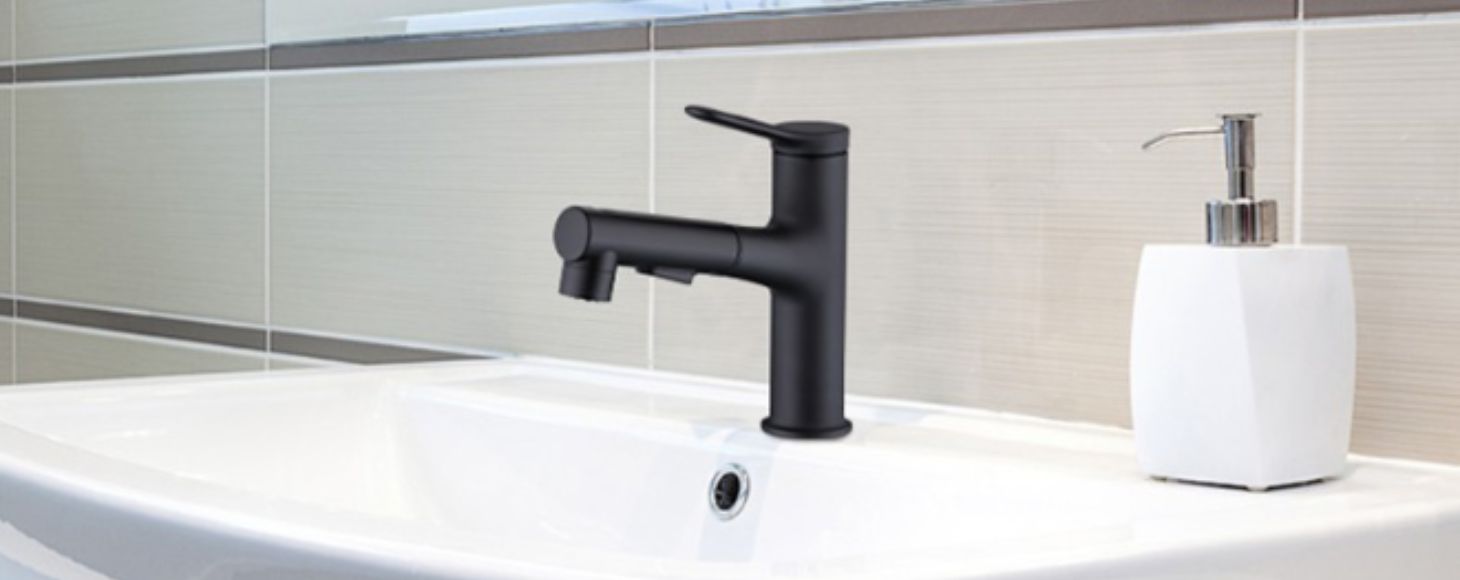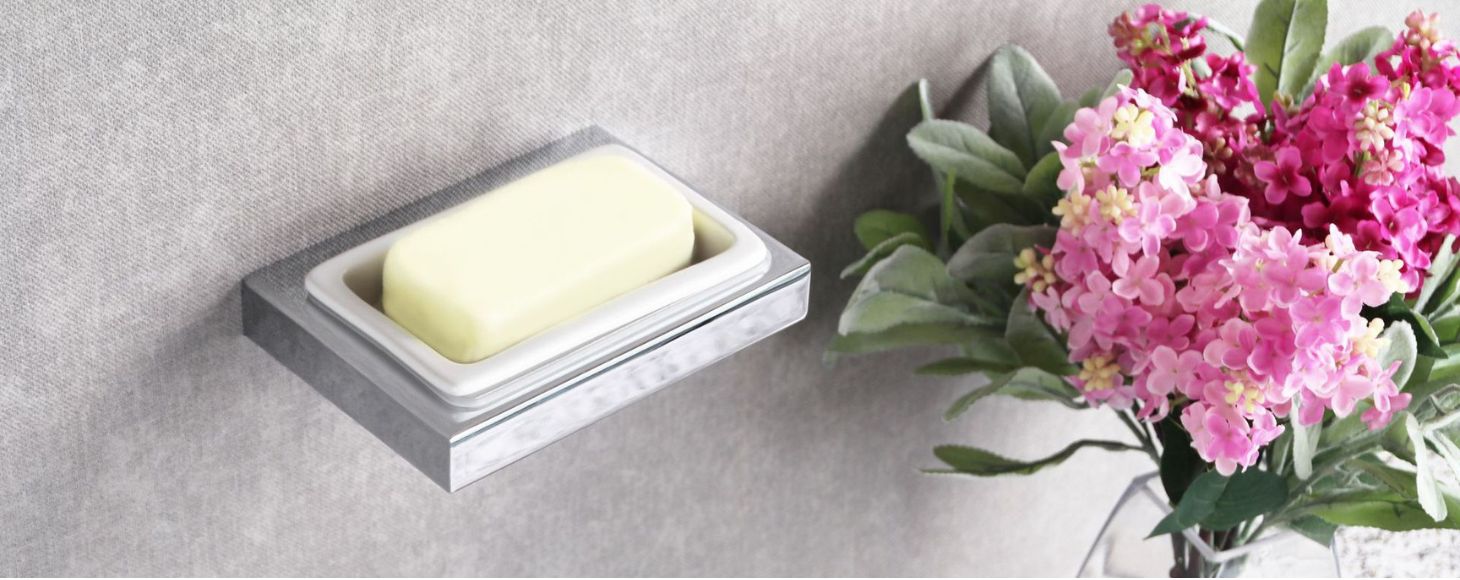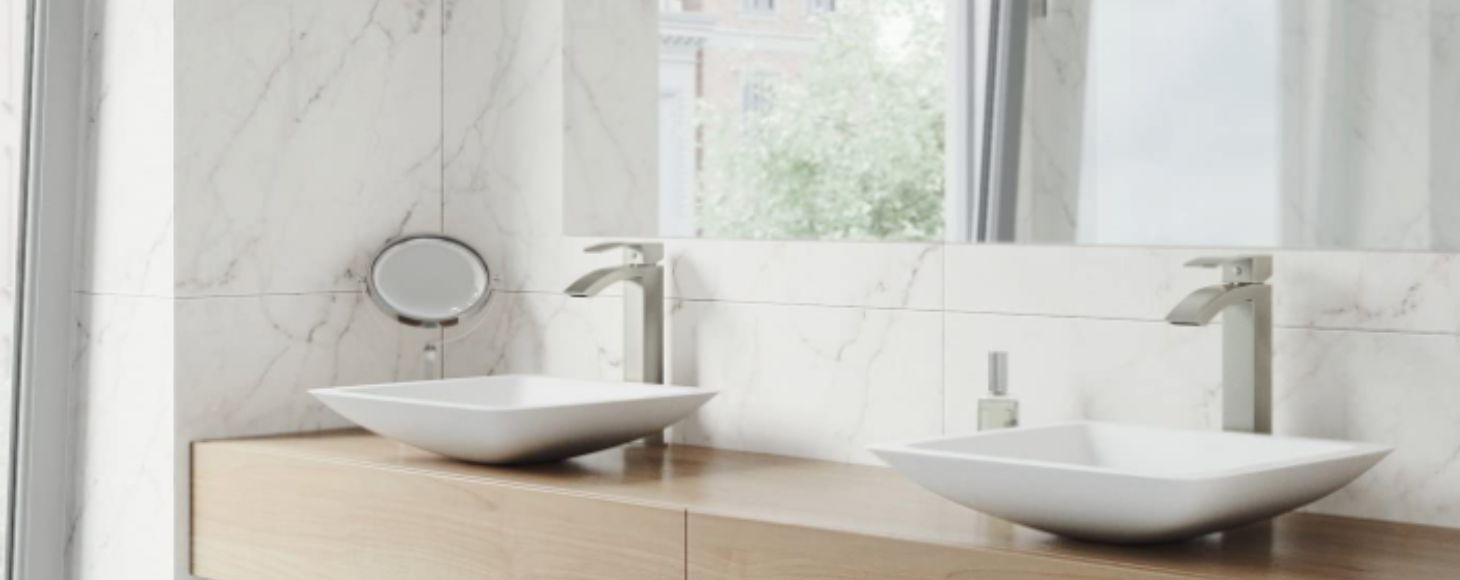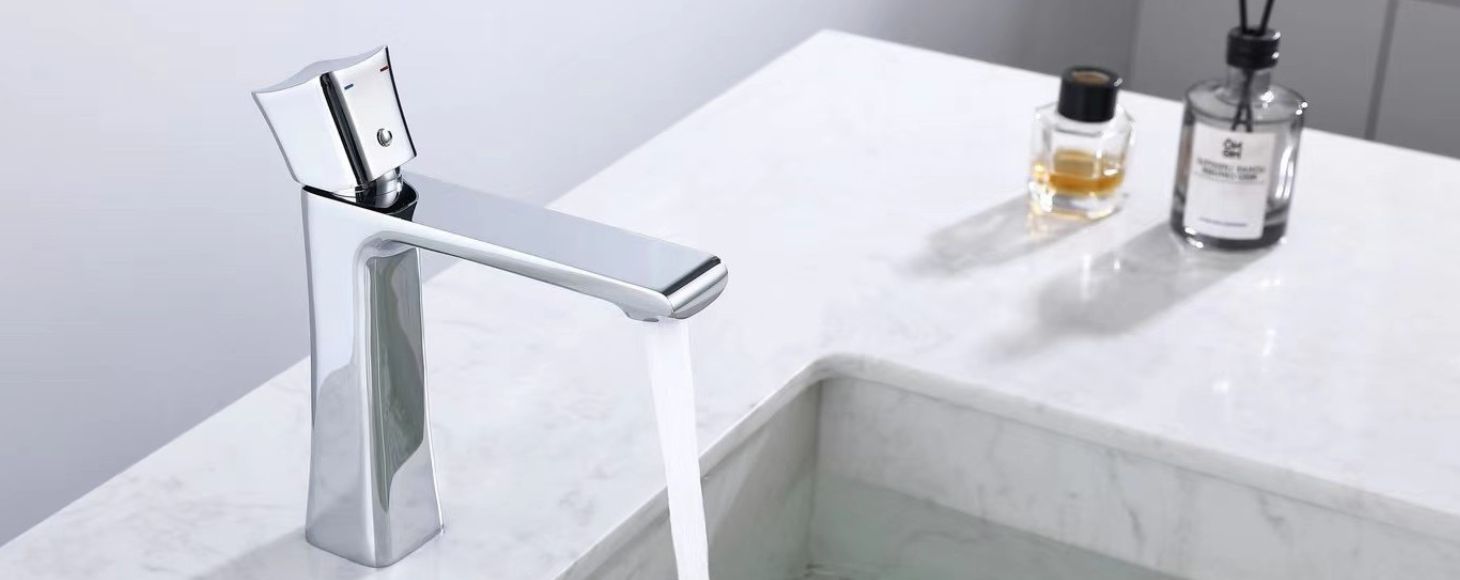● Clean the faucet regularly: Wipe the faucet with a soft cloth or sponge to remove dirt and stains, and then rinse it with water.
● Avoid using abrasive cleaners: Don’t use cleaners containing harsh chemicals or abrasive materials, as this can damage the finish of your faucet.
● Fix leaks promptly: If you notice any leaks or drips from your faucet, repair them promptly to prevent water waste and potential damage to your bathroom or kitchen.
● Use a water softener: If your water is hard, consider using a water softener to prevent the build-up of mineral deposits on your faucet, which can cause corrosion and reduce its lifespan.
● Lubricate moving parts: Apply a small amount of silicone grease or lubricant to the moving parts of your faucet, such as the handle and spout, to keep them working smoothly.
● Avoid harsh chemicals: Avoid using harsh chemicals, such as bleach or ammonia, to clean your faucet. These can damage the finish and corrode the materials. Instead, opt for mild soap and water or a vinegar solution for cleaning.
● Prevent lime scale: Lime scale can build up on faucets, especially if you have hard water. To prevent this, regularly wipe the faucet dry after each use, or use a soft cloth soaked in vinegar to remove any mineral deposits.
● Check and clean aerators: Over time, aerators (the mesh screens at the end of the faucet) can become clogged with debris and reduce water flow. Periodically remove and clean the aerator by soaking it in vinegar or using a small brush to remove any buildup.
● Avoid excessive force: Be gentle when turning the handles or adjusting the temperature of your faucet. Excessive force or rough handling can cause damage and lead to leaks or other issues.




